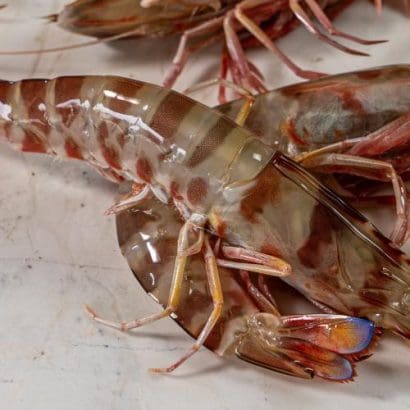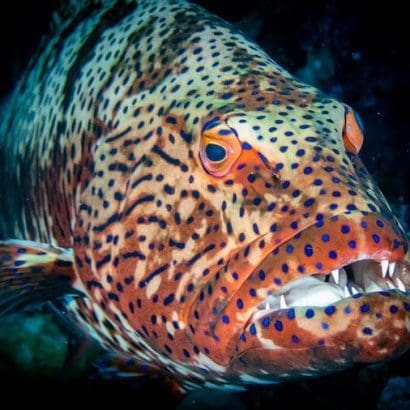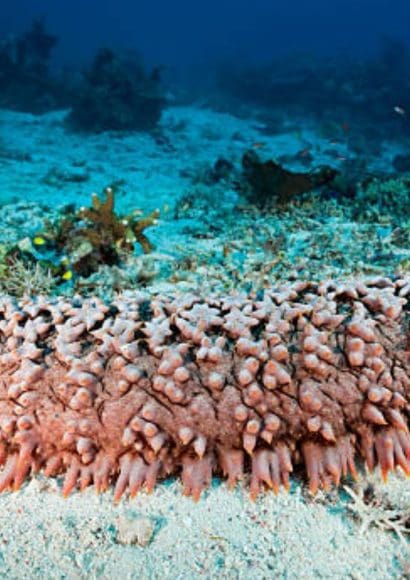
The sea cucumber, often overlooked and underestimated, is a fascinating creature that holds both ecological and culinary significance. Found in the depths of the world’s oceans, it plays a vital role in marine ecosystems while also being valued for its culinary uses in various cultures. In this article, we will delve into the captivating world of the sea cucumber, exploring its importance in the marine ecosystem and discovering how it has become a cherished ingredient in traditional cuisines. Join us as we unravel the mysteries of this marine and culinary treasure, the sea cucumber.
Contents
The Sea Cucumber and Its Role in the Marine Ecosystem.
The sea cucumber, a remarkable marine creature, plays a crucial role in maintaining the balance and health of the marine ecosystem. As a member of the phylum Echinodermata, the sea cucumber is closely related to sea stars and sea urchins. It inhabits a wide range of marine environments, from shallow coastal waters to the abyssal depths of the ocean.
Sea cucumbers are characterized by their elongated and cylindrical bodies, covered in a leathery skin. They possess a unique ability to regenerate their body parts, allowing them to recover from injuries or predator attacks. These fascinating creatures exhibit various shapes, sizes, and colors, with over 1,700 known species worldwide.
One of the sea cucumber’s most vital ecological roles is its participation in nutrient cycling. They are detritivores, primarily feeding on organic matter such as dead animals, algae, and decaying plant material found on the ocean floor. By consuming and breaking down this organic material, sea cucumbers play a crucial role in nutrient recycling and decomposition, promoting the health of the marine ecosystem.
Varieties of Sea Cucumber and Their Geographic Distribution.
Sea cucumbers exhibit a remarkable diversity of species and are found in various marine habitats across the globe. Their distribution is influenced by factors such as water temperature, depth, substrate type, and availability of food sources. Let’s explore the different varieties of sea cucumbers and their geographic distribution.
Tropical Sea Cucumbers:
-
- Description: Tropical sea cucumbers are known for their vibrant colors, intricate patterns, and striking morphological features. They often have elaborate tentacles and specialized structures for feeding and locomotion.
- Distribution: These species are primarily found in the coral reefs and warm coastal waters of tropical regions, including the Indo-Pacific, the Caribbean, and the Red Sea.
Temperate Sea Cucumbers:
-
- Description: Temperate sea cucumbers tend to have a more subdued coloration and simpler body structures compared to their tropical counterparts. They often have elongated bodies with a soft and leathery texture.
- Distribution: These species can be found in temperate regions around the world, including the coastlines of North America, Europe, Asia, and Australasia.
Deep-Sea Sea Cucumbers:
-
- Description: Deep-sea sea cucumbers have adapted to survive in extreme environments characterized by low temperatures, high pressure, and limited food availability. They often have elongated bodies and may exhibit unique adaptations for life in the deep sea.
- Distribution: These species are typically found in the abyssal zones of the world’s oceans, residing at depths below 1,000 meters (3,280 feet).
Polar Sea Cucumbers:
-
- Description: Polar sea cucumbers are adapted to survive in the cold waters of the polar regions. They often have robust body structures and may possess specialized adaptations to endure the extreme conditions.
- Distribution: These species are primarily found in the Arctic and Antarctic regions, inhabiting the shallow coastal waters and deep-sea trenches of these areas.
Cosmopolitan Sea Cucumbers:
-
- Description: Cosmopolitan sea cucumbers are widely distributed and can be found in various marine habitats around the world. They exhibit a range of body shapes, sizes, and colors, reflecting their adaptability to different environments.
- Distribution: These species have a global distribution, occurring in both tropical and temperate waters across different oceans.
The Consumption of Sea Cucumber in Different Cultures.
The consumption of sea cucumber has been a longstanding tradition in various cultures around the world, spanning many centuries. This unique marine organism has been considered a delicacy in numerous culinary traditions. Let’s delve into the general information about the consumption of sea cucumber in different cultures.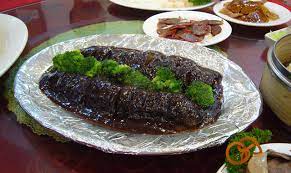
Asian Cuisine:
-
- Chinese Cuisine: Sea cucumbers, known as “hai shen” in Mandarin, hold a special place in Chinese gastronomy. They are often used in soups, stews, and braised dishes, prized for their gelatinous texture and mild flavor.
- Japanese Cuisine: Sea cucumbers, called “namako” in Japanese, are a popular ingredient in traditional dishes such as “sunomono” (vinegared salad) and “takoyaki” (octopus dumplings). They are also enjoyed as sashimi, lightly cooked, or simmered in soy-based broths.
- Korean Cuisine: Sea cucumbers, referred to as “haesam” in Korean, are used in various dishes, including stews, stir-fries, and porridges. They are often marinated and served as a side dish or incorporated into traditional medicinal foods.
Southeast Asian Cuisine:
-
- Malaysian Cuisine: Sea cucumbers are commonly used in Malaysian cuisine, particularly in Nyonya cuisine, where they are cooked in spicy curries or stir-fried with vegetables and flavorful sauces.
- Indonesian Cuisine: Sea cucumbers, known as “teripang” in Indonesian, are used in traditional dishes like “bistik teripang” (sea cucumber steak) and “asam teripang” (sour sea cucumber soup). They are also valued for their medicinal properties in Indonesian herbal medicine.
Pacific Island Cuisine:
-
- Polynesian Cuisine: Sea cucumbers have been consumed in Polynesian cultures, such as in Samoa and Tonga, where they are often dried and rehydrated before being cooked with coconut milk or in traditional “umu” (earth oven) preparations.
- Melanesian Cuisine: Sea cucumbers are used in ceremonial feasts and everyday meals in Melanesian cultures, including Fiji and Vanuatu. They are often cooked with root vegetables and coconut milk or incorporated into traditional dishes like “palusami.”
Mediterranean Cuisine:
-
- In Mediterranean countries like Greece and Italy, sea cucumbers are occasionally consumed. They are typically braised or cooked in tomato-based sauces, often accompanied by pasta or rice.
It is important to note that the methods of preparation and the culinary significance of sea cucumbers may vary within each culture, reflecting regional preferences and local culinary practices.
Problems and Challenges Associated with the Sea Cucumber Trade.
In conclusion, the sea cucumber trade faces a multitude of problems and challenges that need to be addressed for the sustainability and conservation of these remarkable creatures. One of the primary concerns is the overexploitation of sea cucumber populations, driven by high demand in international markets. Unsustainable fishing practices, including excessive harvesting and destructive fishing methods, have resulted in the depletion of sea cucumber populations in many regions.
Furthermore, the trade of sea cucumbers is often associated with illegal, unreported, and unregulated (IUU) fishing activities. This not only exacerbates the overexploitation issue but also undermines efforts to manage and regulate the trade effectively. Strengthening regulations and implementing effective monitoring and enforcement measures are crucial to combat IUU fishing and ensure the sustainability of sea cucumber populations.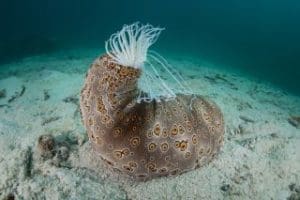
Habitat destruction and degradation pose additional challenges to the sea cucumber trade. Coastal development, pollution, and destructive fishing practices such as bottom trawling can harm the fragile ecosystems where sea cucumbers reside. Protecting and conserving their habitats through the establishment of marine protected areas and sustainable coastal management practices are vital for the long-term survival of sea cucumbers and the preservation of their ecological roles.
If you are a fan of maritime curiosities and eccentricities and want to discover another culinary treasure, click here.

